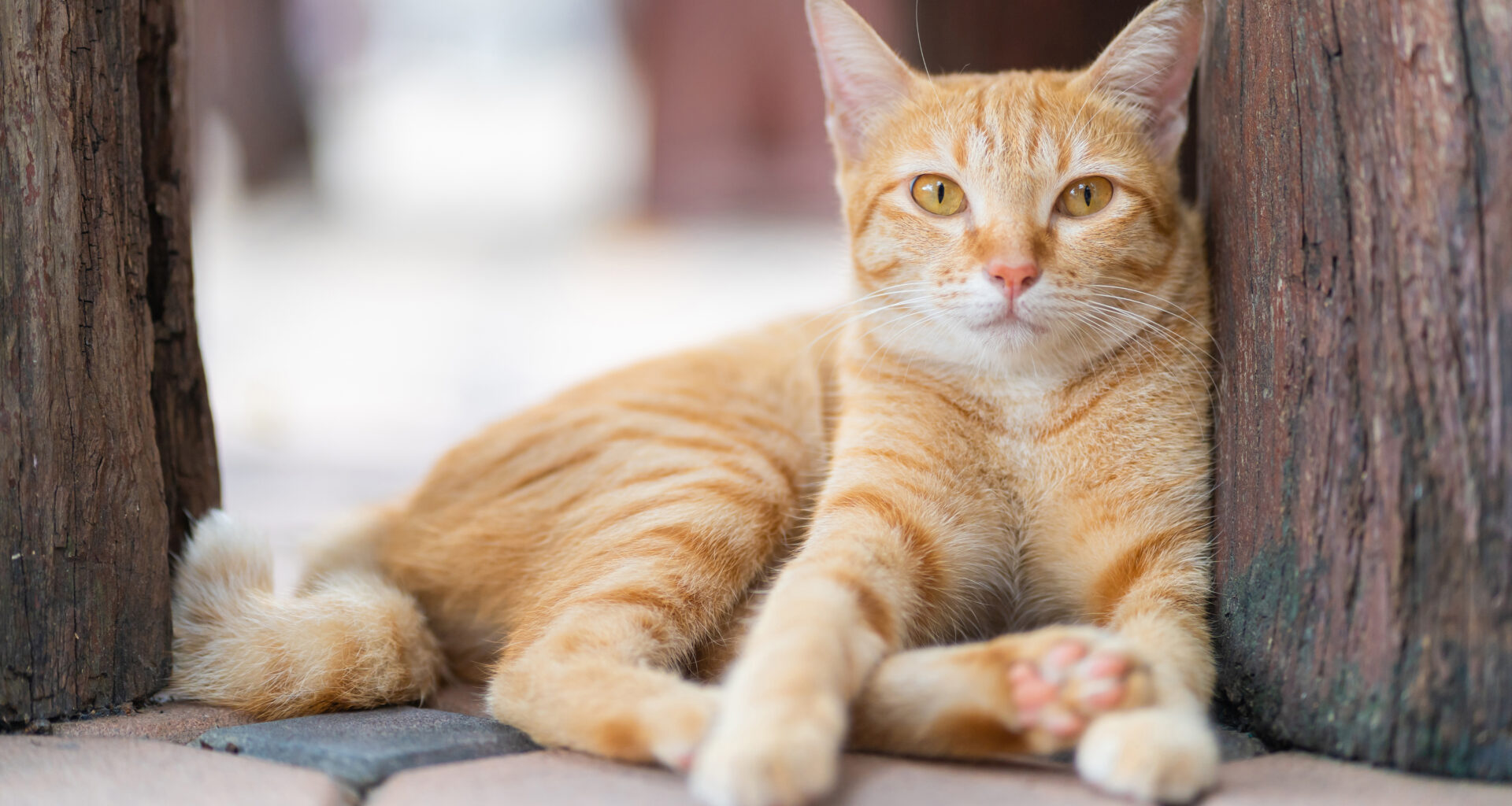
Tortoiseshell cats have a brindling pattern in their coats. Adobe Images
A visionary theory
In 1912, before the XX/XY sex-determining system was discovered in cats, American geneticist Clarence Cook Little proposed a visionary theory to explain how cats inherit orange and non-orange coat colours.
He built on the idea of a “sex-producing factor”, symbolised as X, that was gaining acceptance at that time (mainly from work on sex-determination in insects). He proposed:
let’s suppose female cats have two copies (XX) of the sex-producing factor X, while male cats have just one copy (X—)
let’s also suppose there is something associated with the sex-producing factor X that affects coat colour and exists in two forms: normal (the non-orange form) and variant (the orange form).
This theory predicts that tortoiseshell cats have one of each form of the X factor, in which case they must be XX, and therefore must be female. Because males have only one X factor, they will be either orange or non-orange, but never tortoiseshell.
Little’s theory also explains the common observation that ginger cats are mostly male. If matings are not arranged on the basis of coat colour, and if we assume, for example, that 20% of male cats are ginger (having just one X factor of the orange form), the proportion of female ginger cats is expected to be much lower, as they need to receive two copies of the orange X factor.
Mathematically this can be calculated as 20% x 20% = 4%, meaning that we would expect only 4% of female cats to be orange.
Eventually, the X factor was revealed as the X chromosome, and the “—” as the Y chromosome.
Tortoiseshell and calico males do sometimes occur, but it’s usually due to an abnormality of the number of sex chromosomes, such as one too many X chromosomes (XXY), which also causes sterility.

